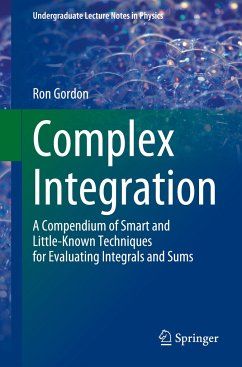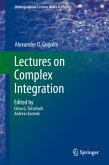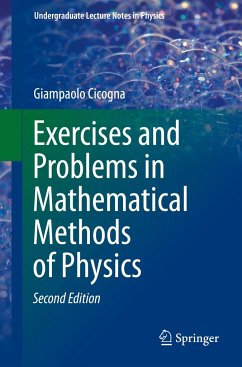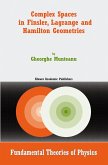Integrals and sums are not generally considered for evaluation using complex integration. This book proposes techniques that mainly use complex integration and are quite different from those in the existing texts. Such techniques, ostensibly taught in Complex Analysis courses to undergraduate students who have had two semesters of calculus, are usually limited to a very small set of problems.
Few practitioners consider complex integration as a tool for computing difficult integrals. While there are a number of books on the market that provide tutorials on this subject, the existing texts in this field focus on real methods. Accordingly, this book offers an eye-opening experience for computation enthusiasts used to relying on clever substitutions and transformations to evaluate integrals and sums.
The book is the result of nine years of providing solutions to difficult calculus problems on forums such as Math Stack Exchange or the author's website, residuetheorem.com.It serves to detail to the enthusiastic mathematics undergraduate, or the physics or engineering graduate student, the art and science of evaluating difficult integrals, sums, and products.
Few practitioners consider complex integration as a tool for computing difficult integrals. While there are a number of books on the market that provide tutorials on this subject, the existing texts in this field focus on real methods. Accordingly, this book offers an eye-opening experience for computation enthusiasts used to relying on clever substitutions and transformations to evaluate integrals and sums.
The book is the result of nine years of providing solutions to difficult calculus problems on forums such as Math Stack Exchange or the author's website, residuetheorem.com.It serves to detail to the enthusiastic mathematics undergraduate, or the physics or engineering graduate student, the art and science of evaluating difficult integrals, sums, and products.








